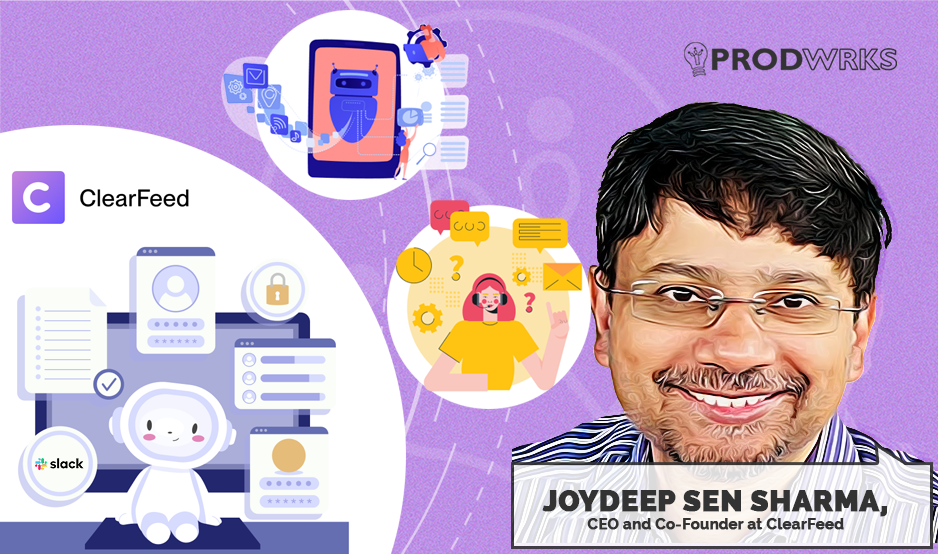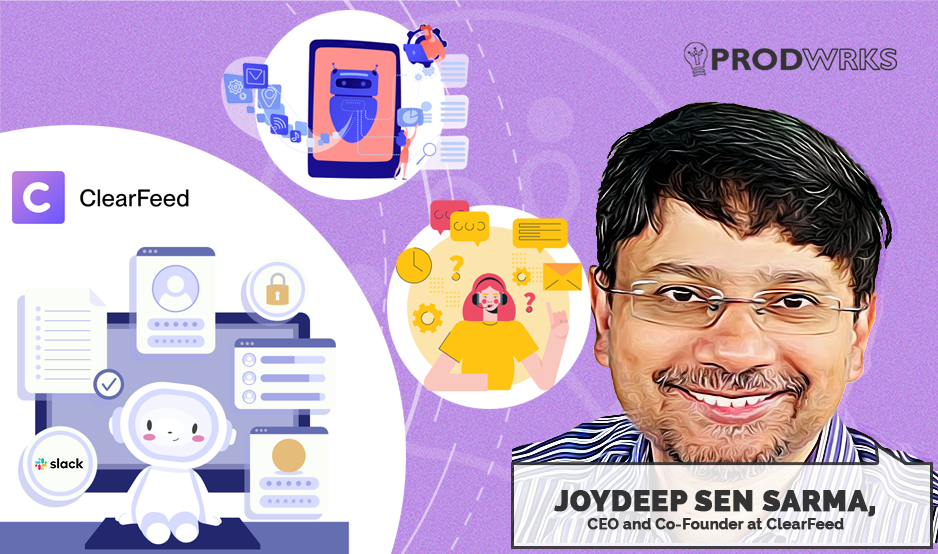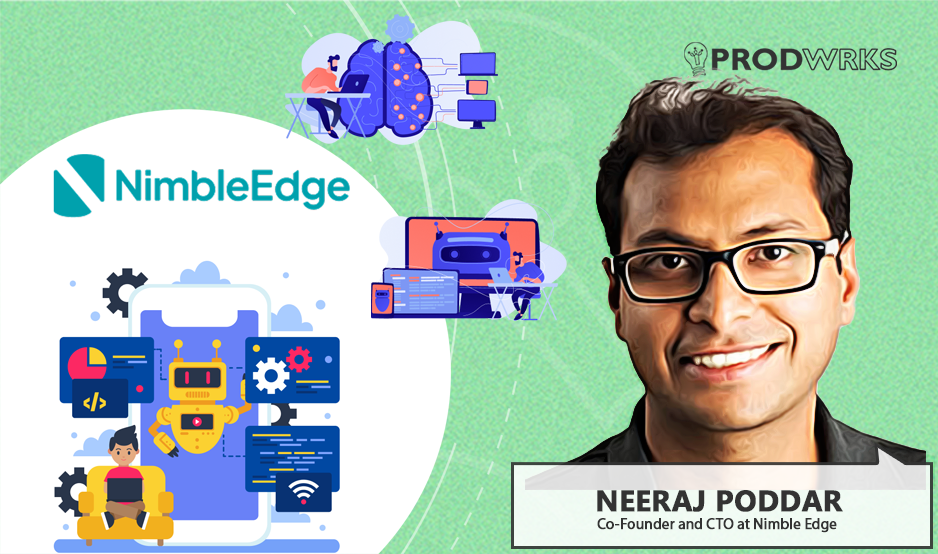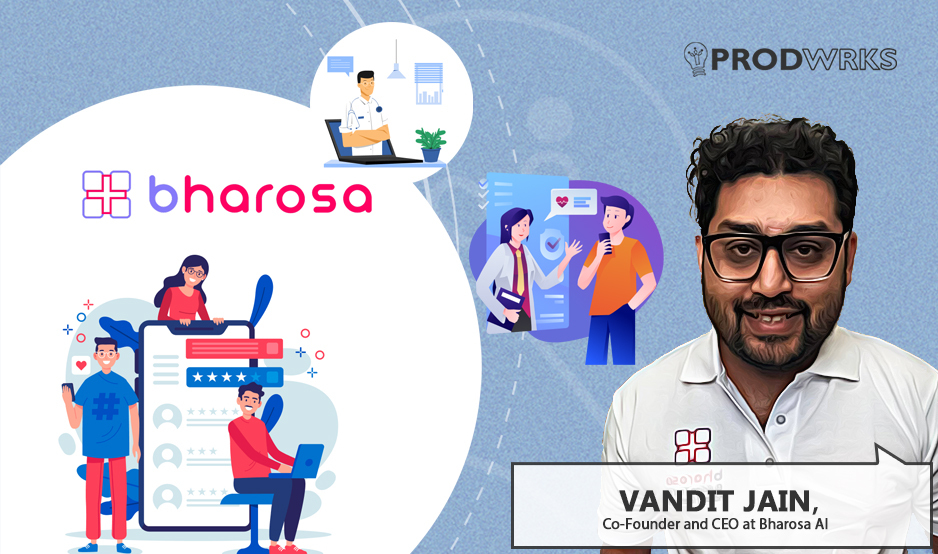
Over the past decade, support and operations have quietly migrated out of email and into chat. For many companies, tools like Slack became the place where they received support tickets from customers and where teams coordinated fixes.
Joydeep Sen Sharma, then leading engineering and founder at Qubole, found it increasingly hard to manage multiple Slack channels. It was difficult to get a clear picture of ongoing conversations. With no visibility into chaos for accountability or tracking, critical work slipped through the cracks
“One team would ask another to do something, but the request would go unnoticed. Weeks later, we’d realise no one had acted on it and the message had been lost. Whether it was customer support or internal coordination between teams, both were noisy and difficult to manage.”
This led to the birth of Clearfeed. Founded in 2021 by Ankit Jain, Joydeep Sen Sarma, and Lalit Indoria, the Bangalore-based company offers a conversational support platform that leverages AI, integrating with enterprise tools such as Slack and Microsoft Teams to streamline customer and employee requests.
According to Inc42, the company raised $2.7 million in its seed funding round, led by Peak XV’s Surge, with participation from 8VC and other angel investors. In a conversation with Team ProdWrks, Joydeep explains how an everyday workflow headache became a company that brings visibility and accountability back to chat-based work.
Tracking Support Where Conversations Happen
“I found that in all the modern companies I had access to, everything was happening on Slack. From a communication perspective, that was the source of the problem. Multiple people told me this was an important issue for them. They struggled to understand what was going on in their team’s Slack,” Joydeep recalls.
In the past, companies often relied on browser-based chat widgets for customer support. But for many modern firms, especially those offering APIs or backend services without a user-facing product, there was no browser interface for customers to log into. Instead, they turned to external chat platforms, with Slack emerging as the most popular option globally, and WhatsApp being common in markets like India.
The shift to Slack as the primary communication tool was part of a broader industry trend. Over the past decade, this shift has only accelerated as more teams use messaging platforms to report problems, create tickets, and discuss issues.
Recognising this, Clearfeed narrowed its focus to Slack. The team saw that the growing reliance on chat for both internal and external support created a clear need to track and manage requests without leaving the messaging platform itself.
To meet that need, Clearfeed built its support tool to operate entirely inside Slack. Users can manage tickets, assign tasks, and resolve issues without switching to another interface. While a browser version exists, the company’s primary focus is on delivering a seamless, fully functional Slack experience that matches the habits of its core audience.
“Everything you can do in Slack, you can do with Clearfeed,” says Joydeep. “We do have a nice browser-based application as well, but our philosophy is to primarily appeal to people who love to use Slack. Our experience within Slack is very, very nice. That’s one thing we’ve worked hard to get right.”
Where Conversational Support Meets AI Automation
ClearFeed’s core user base consists of modern, tech-forward companies founded in the past decade, in software, e-commerce, hardware, or other sectors that rely heavily on Slack for internal and customer-facing communication. Its primary users are customer support leaders managing client issues inside Slack, followed by IT teams running internal help desks.
While older companies still rely heavily on email, its use is slowly fading. Newer companies mostly reserve email for external communication and rely heavily on Slack or Microsoft Teams internally, which is where ClearFeed finds a sweet spot with more modern organisations.
“they don't need to be technology companies per say they could also be like E commerce company could be a device maker, but typically you know if they are somewhat sort of technology driven if I might say, you know they would be using slack a lot internally and with customers and they are kind of our sweet spot in terms of sort of companies that we work with”
ClearFeed’s core differentiation is keeping ticketing conversational while using AI to automate the manual work. Unlike traditional support tools with rigid interfaces requiring users to update statuses and fill forms, ClearFeed operates within Slack’s chat environment, where people just want to talk. Here, ClearFeed’s AI system continuously works in the background to monitor conversations to identify which need responses, so users don’t have to search for pending tickets.
When a user replies, the AI automatically updates the ticket status, marking it as waiting on the customer or closed if the issue is resolved. This automation helps turn natural conversations into effortless support automation.
“We are in a conversational medium, So Our AI constantly scans chats to highlight conversations needing a response, creating a live-updating inbox. When you reply, it automatically updates the ticket status to “waiting on customer.” If the customer responds or closes the issue, the system reopens or resolves the ticket without manual input.”
Integration, Security, and the Long Game of Enterprise Trust
“They already had a ticketing system like Zendesk, Intercom, or Freshdesk, and while they were interested in our product, they asked how we could integrate with those tools. Many also wanted to bring their support team, which was working on these systems, into Slack. So we had to solve both problems: not just showing what’s important, but also enabling their support teams to work inside Slack.”
Winning the trust of large enterprises was not easy for Clearfeed. Because the product monitors internal communication channels, potential customers had strong security concerns. To address these, the team made compliance a priority from the start, completing penetration tests and meeting recognised software security standards to reassure buyers.
Over time, building a roster of well-known reference customers became just as important. Being able to point to proven deployments helped reduce skepticism and made it easier to open conversations with new enterprise clients
“Early on, we made sure to complete penetration testing and meet software compliance requirements, the basic hygiene every product like ours needs. As we grew and built a strong base of reference customers, it also became easier to inspire confidence. New users could see that many others already trusted us, which reassured them that we were safe to work with.”
Customer Acquisition in the Age of Inbox Overload
Clearfeed started out by building an early version of the product and took the first steps by announcing their product quietly within their professional networks. The targeted outreach brought in the first handful of trial users willing to give Clearfeed a shot.
To expand beyond that initial circle, Clearfeed adopted a hands-on approach to sales. The founding team and a small group of early hires focused heavily on outbound outreach. They contacted numerous early-stage companies directly, aiming to understand their pain points and position Clearfeed as a solution. These early hires played the role of sales development reps (SDRs), setting up meetings, running targeted email campaigns, and experimenting with outreach tactics common in the B2B SaaS world.
While these efforts helped build initial momentum, the founders soon realized the landscape was shifting. The rise of AI-driven automation has flooded inboxes with spam, making cold emails and LinkedIn messages far less effective than before. Breaking through the noise became increasingly difficult.
Joydeep says, “Some strategies worked well for us in the beginning, like reaching out to leads directly. But over time, their effectiveness dropped. For example, every company now sends thousands of emails, so the channel has become very noisy. It’s hard to get through to your target market that way.
Keeping Customers Close and Conversations Ongoing
Keeping early users engaged and preventing churn was a priority for Clearfeed from the start. The team built multiple “guide rails” to ensure customers felt connected and supported throughout their journey, where a key part of their strategy was making support easily accessible.
Clearfeed heavily relies on Slack itself, with the team maintaining nearly 500 Slack Connect channels that include a mix of current customers and prospects. This allows users to reach out instantly and receive quick responses.
“The interfaces are there, email, web chat, all of it, but we make it very easy for customers to reach us, and we respond quickly. We have a good-sized support team, and all our support happens in Slack. I am often personally responding to customers, so we are fast and consistently responsive.”
Clearfeed also uses its product to track feature requests and bug reports. Every customer input is diligently logged and linked to internal Slack threads, helping the team prioritize development efforts. Clearfeed ensures important issues from key customers are addressed promptly and updates are communicated regularly. Monthly feature release summaries are sent via Slack and email, and when a specific customer request is delivered, they’re notified directly.
In addition to thisClearfeed has institutionalized proactive touchpoints. Larger customers participate in quarterly business reviews, providing a structured opportunity to discuss needs, challenges, and upcoming features.
Though it took time to build capacity for these sessions, the company now has dedicated personnel managing these relationships, which has been a major boost for customer satisfaction.|
Clearfeed also runs webinars to introduce new features and foster a sense of community. While the company sees room to improve this effort, these live sessions supplement written communications and offer users a chance to learn and engage directly.
Balancing Engineering Bandwidth and Product Prioritisation
Joydeep explains that while the founding team had strong technical expertise, the biggest hurdle early on was finding exceptional engineers to help execute their vision.
“Our problem was never about knowing how to build; we’re very good at that. The challenge was finding the right people to build with us. You can’t do everything yourself, and we didn’t want to compromise on quality just to move faster,” he says.
“We’d rather not hire someone than hire the wrong person. Throwing bodies at the problem doesn’t produce the right software. The downside is that when you’re limited by engineering bandwidth, product execution can be slower than you’d like. That’s been our biggest challenge from the beginning,” Joydeep admits.
"Another challenge has been figuring out what is truly important and making sure we focus on it. We made some mistakes early on, but now we are much more disciplined about prioritising the right things."
Evolving Pricing Models to Match Customer Needs and AI Economics
“We wanted a structure that lets people collaborate freely with customers without worrying about how many teammates are on the platform.”
Pricing is also evolving alongside AI adoption. Instead of charging for the underlying models, which are becoming cheaper, Clearfeed focuses on monetizing the functionality they enable, such as categorizing and routing tickets. As AI pricing has grown complicated as more functionality gets added. With model costs falling, Clearfeed is exploring pricing that charges for the functionality built on top of models rather than the models themselves.
Clearfeed’s north star metrics are the number of paying customers and annual revenue run rate, which they track as the clearest indicators of growth. Currently, they have a few hundred paying customers.
The New Computing Era and the AI Gold Rush
Joydeep sees AI as nothing short of a game-changer, opening the door to an unprecedented wave of entrepreneurship. “It feels like we’re at the very start of a new computing era,” he says. “The opportunities are endless, things that used to be manual or impossible are suddenly on the table.”
He points to three big shifts. First, AI has dramatically lowered the barrier to building products. Niche applications that would’ve been too expensive to justify a few years ago can now be built in days, with much of the code generated automatically.
Second, he sees a massive runway in automating knowledge work. From finance to manufacturing, entire workflows that once needed hours of human effort can now be streamlined or eliminated, freeing people to focus on higher-value tasks.
The third and perhaps most exciting to him is the creative potential. Advances in generative AI, particularly video models, could enable a single person or small team to produce studio-quality animation or short films without Pixar-level budgets or armies of designers. “Maybe it’s not 100% Pixar yet,” he says, “but you could get to 50–60% quality with a fraction of the cost. That’s just fascinating to me.”




